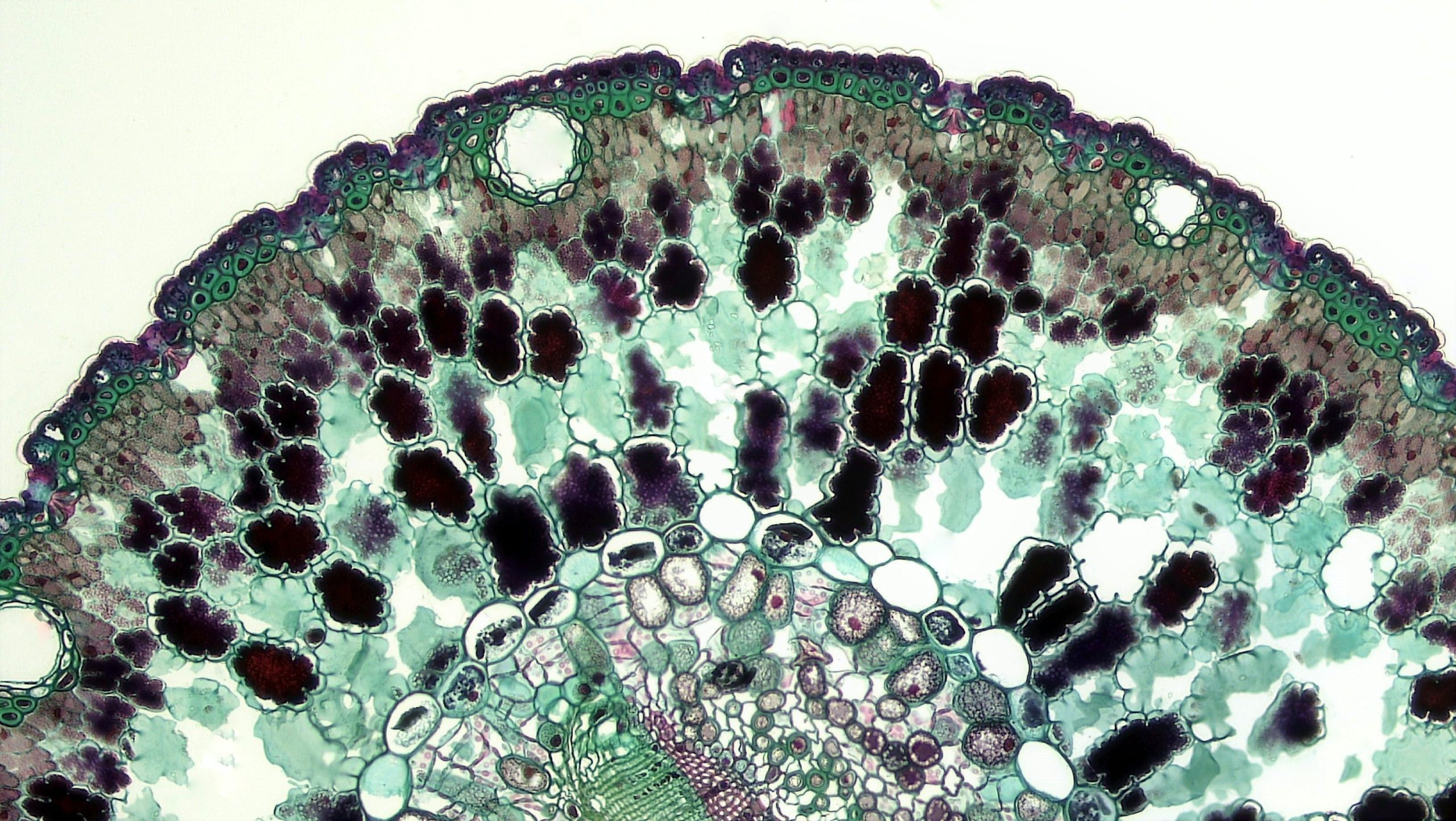Introduction
The longest survivor of small cell lung cancer is one kind that begins there and spreads fast to other places of the body (SCLC). Over 15% of all instances, or 31,000 new cases, are expected to be found last year in the United States. Just 6% of patients with longest survivor small cell lung cancer (SCLC) survive the illness for five years following diagnosis, making it a dreadfully aggressive malignancy.

The Journey of the Longest Survivor
The woman who lived the longest without developing cancer was Wilma, a 50-year-old woman who was diagnosed with limited-stage small-cell lung carcinoma in 1988. With a three to four-month median survival period, this kind of cancer had a terrible prognosis at the time. Wilma had treatment for her cancer with radiation, chemotherapy, and surgery.
But in 1993, a few years later, the illness returned, this time harming her brain and liver. Wilma persevered in her battle and tried a variety of drugs, including immunotherapy, radiation therapy, chemotherapy, and even experimental surgeries, despite the dire prognosis. To everyone’s surprise, she not only lived but also maintained her cancer-free status for many years.
2013 was Wilma’s 75th birthday and 25 years after she was diagnosed with small-cell lung cancer. Very few patients with her kind of disease ever achieve this milestone. Many individuals suffering from the illness have found inspiration and hope in her incredible battle.
Possible Factors Contributing to Prolonged Survival
Wilma’s tale has captured the attention of academics and medical specialists, attempting to determine what may have contributed to her extended life. A few possible causes might have contributed, even if the reason is unclear.

Early Diagnosis and Aggressive Treatment
Wilma was identified as having restricted-stage small cell lung cancer (SCLC), which is localized to one lung and maybe adjacent lymph nodes. Compared to extensive-stage SCLC, when the cancer has gone outside of the lungs to other areas of the body, this stage of the illness has a better prognosis.
Wilma also had intensive care from the beginning, including surgery along with additional therapies like immunotherapy, chemotherapy, and radiation. This could have allowed her cancer to remain under control for a more extended amount of time.

Genetic Factors
Studies have shown that some genetic alterations may influence how small-cell lung cancer reacts to therapy. For instance, improved prognoses in individuals with small-cell lung cancer have been linked to a specific mutation in the TP53 gene. Wilma’s cancer probably had this mutation, which increased its response to therapy and extended her life.
Healthy Lifestyle Choices:
Wilma has always been health-conscious, making regular exercise and a balanced diet part of her routine. These lifestyle choices could have improved her general health and aided her body’s cancer-fighting efforts.
(FAQs) about Living with small-cell lung Cancer
Q: Does small-cell lung cancer have a cure?
A: Unfortunately, small-cell lung cancer seldom responds to treatment. On the other hand, some people may have remission and have a prolonged life with prompt discovery and intensive therapy.
Q: What is the small cell lung cancer survival rate?
A: SCLC has a mere 6% five-year survival rate overall. However, the cancer’s stage upon diagnosis might affect the survival percentage. Compared to extensive-stage SCLC, which has only a 2% five-year survival probability, limited-stage SCLC has a better prognosis of almost 20%.
Q: Do men or women get small cell lung cancer more frequently?
A: Males are somewhat more likely than females to get small-cell lung cancer. Nonetheless, throughout time, the cancer’s incidence has declined in both genders.
Q: Can small cell lung cancer be prevented?
A: There is no sure way to prevent small cell lung cancer, but avoiding tobacco smoke and exposure to other environmental toxins may reduce the risk.
Conclusion
Wilma’s narrative—who holds the record for the most extended survival of small cell lung cancer—is proof of the human spirit’s tenacity and willpower. Even if her condition is unique and inexplicable, it offers hope to those who are also fighting this aggressive kind of cancer. The prognosis for small cell lung cancer is gradually becoming better because of continued study and breakthroughs in therapies. We may also work toward a day when the survival rate for this disease will be far greater than it is now as we continue to learn from situations like Wilma’s. Thus, let’s keep battling cancer and not give up using all of the resources at our disposal.
Recall that every day counts, and each survivor exemplifies the strength of will and hope.








1 thought on “Understanding the longest survivor of small cell lung cancer”